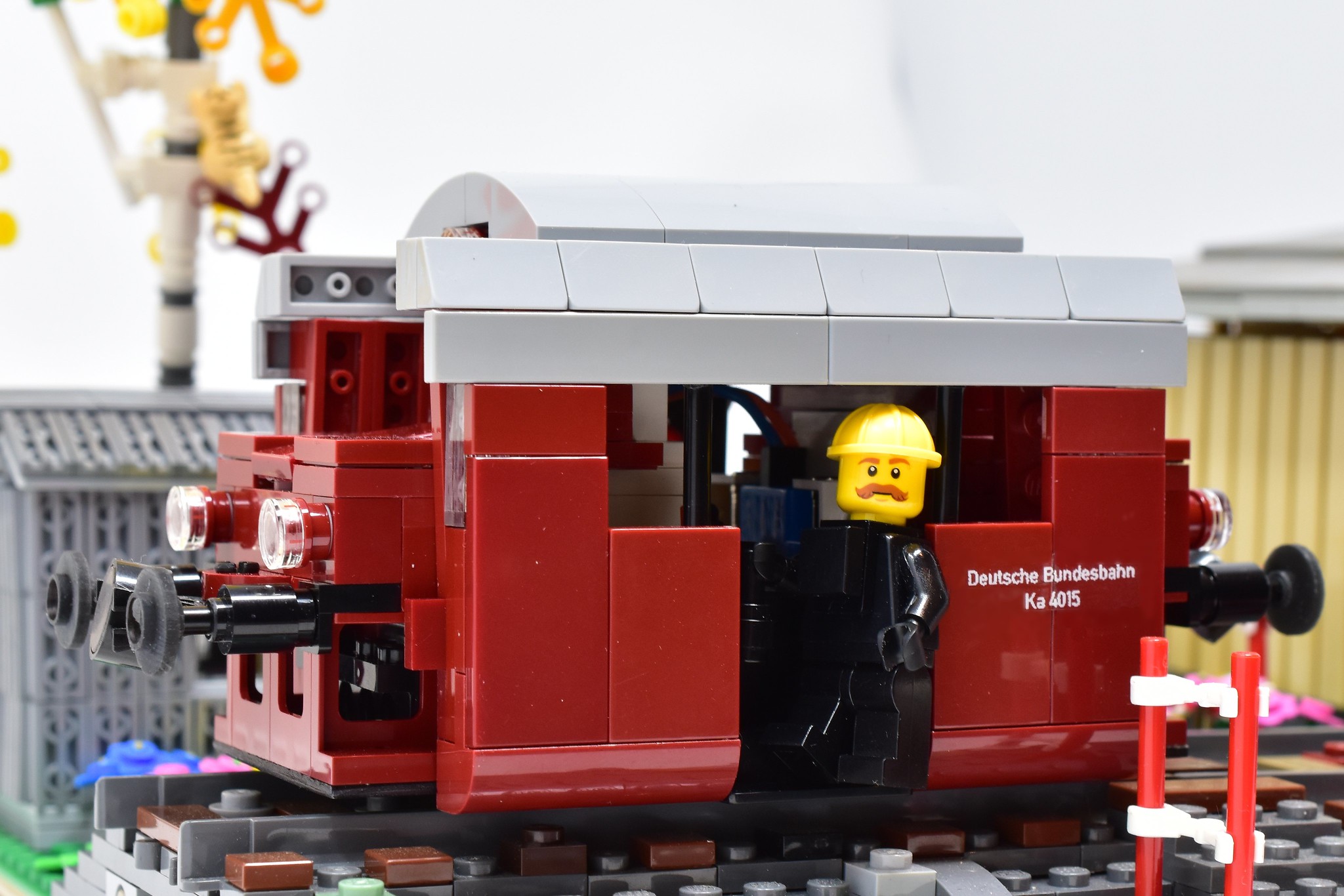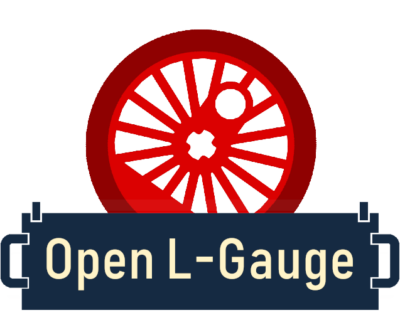At the beginning of the 20th century, battery-electric mobility made its debut on the Deutsche Reichsbahn. The best-known representative of this type are the Wittfeld accumulator railcars, which were used until 1907.
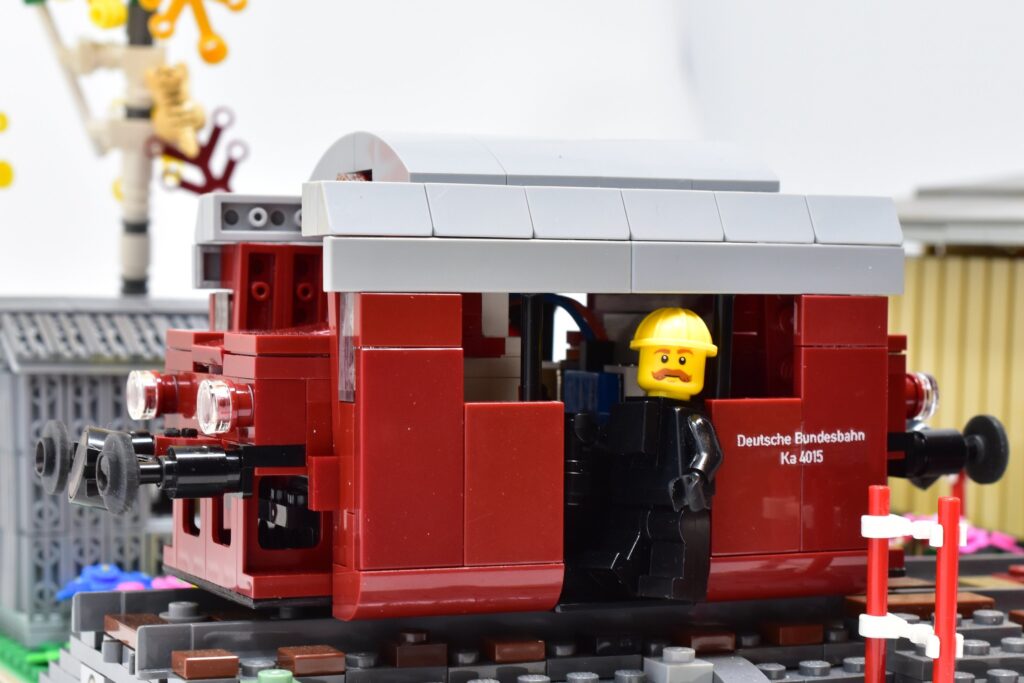
Starting in 1930, the Reichsbahn procured prototypes of the newly introduced class of “small locomotives.” These vehicles were intended to facilitate shunting operations at smaller stations. Maintaining a steam locomotive there was far too costly. In addition to the prototypes with internal combustion engines, some storage locomotives were also built.
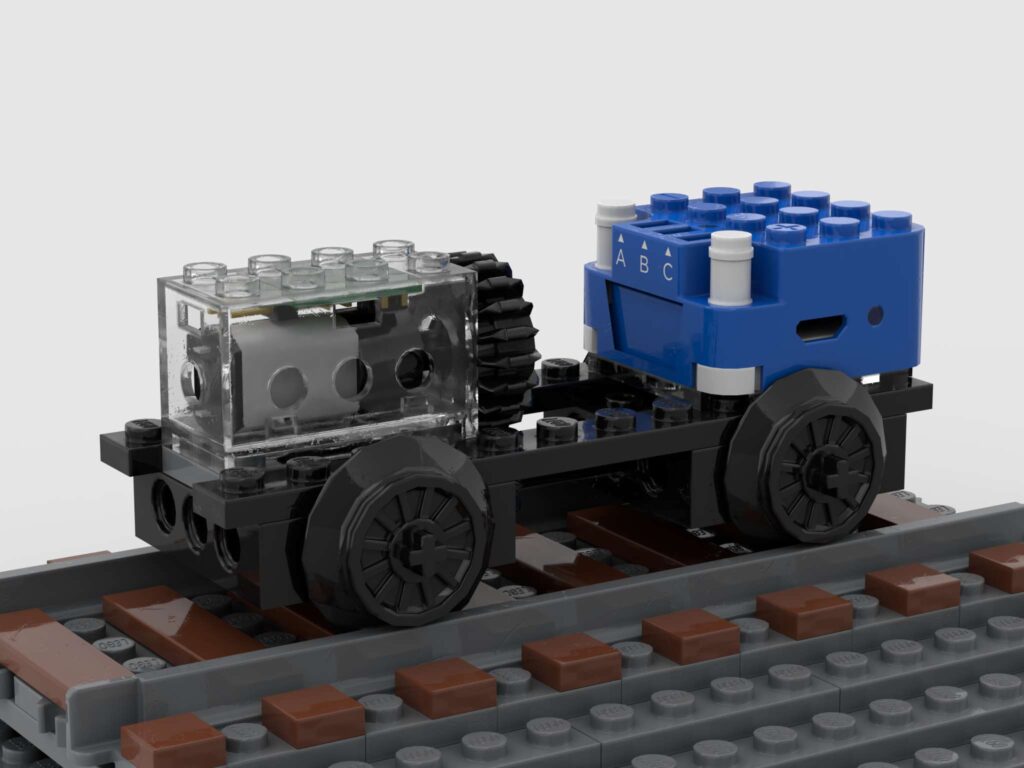
The later production vehicles of the battery-powered small locomotives were largely based on the Köf II in terms of propulsion and design. The AEG prototypes, on the other hand, consisted of a chassis with a roof. In other words, a prototype reduced to its pure functions. AEG locomotives were powered by two Tatzlager motors. Such a bizarre “gazebo” is preserved with the Ka 4013 in the Railway Museum Bochum-Dahlhausen.
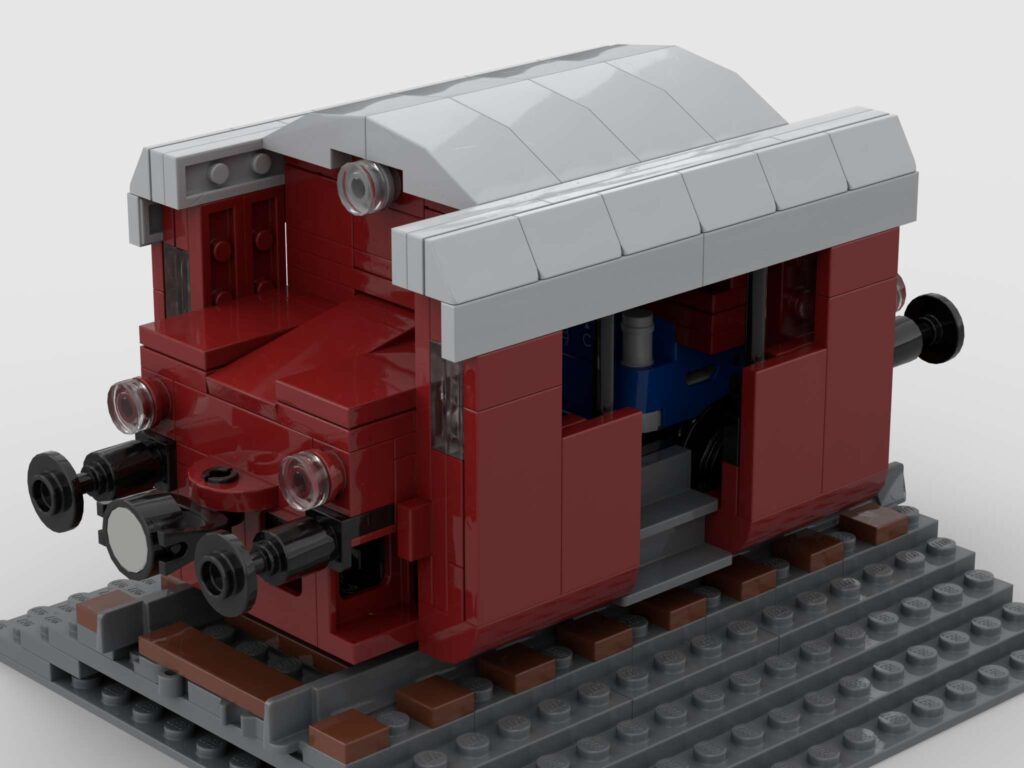
The prototype of my model received a cab somewhat reminiscent of the Einheits-Köf in 1941. The decommissioning by the Bundesbahn took place on 01.02.1973 at the Bw Haltingen. After that, the locomotive was still in service for almost 20 years in Basel for the logistics service provider Interfrigo. The vehicle is preserved in the Bavarian Railway Museum in Nördlingen.
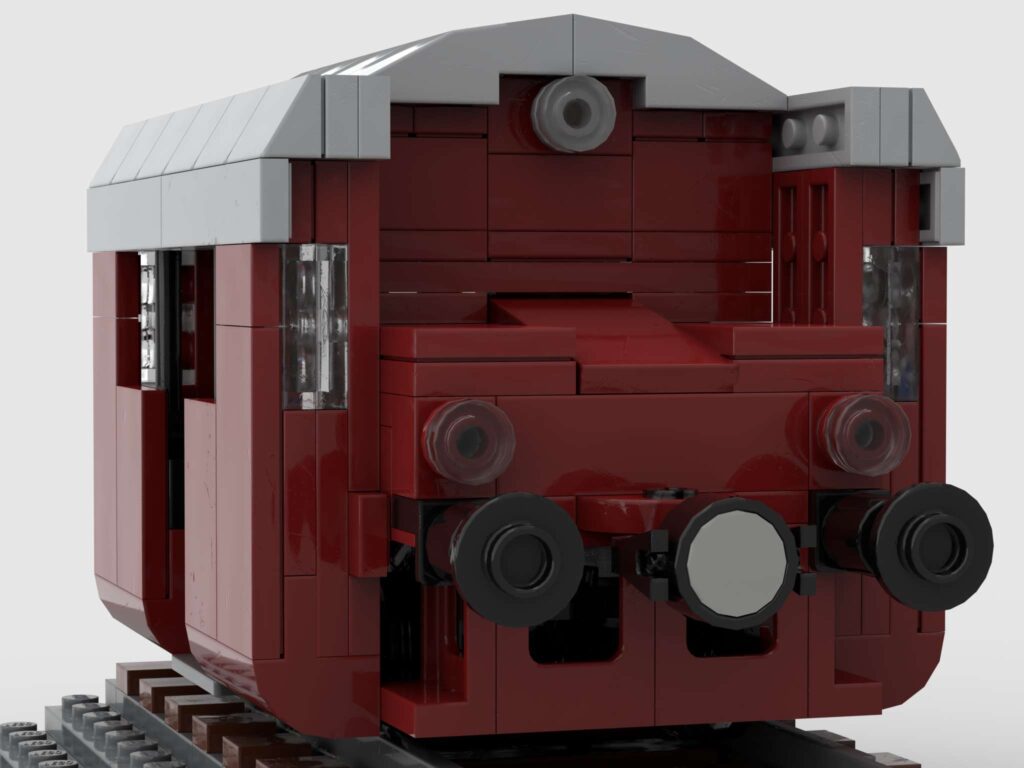
The motorization of my 9 knob wide model is done by circuit cube. The black saucers used only appear with the set 76417. In addition, a few hoses need to be cut.
Winner 2021 in the category Electric Locomotives of the Brickmodelrailroader.
